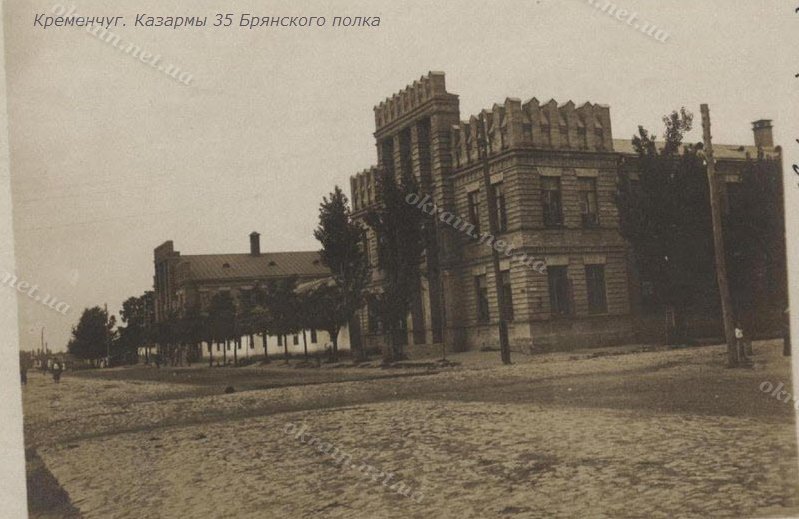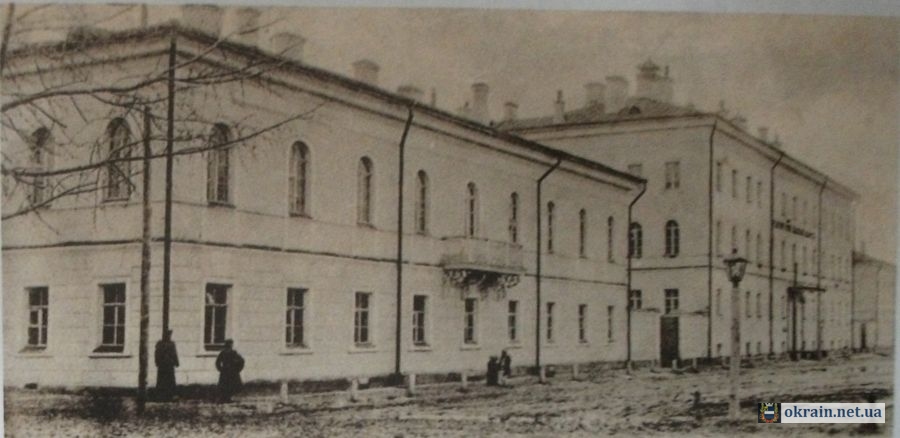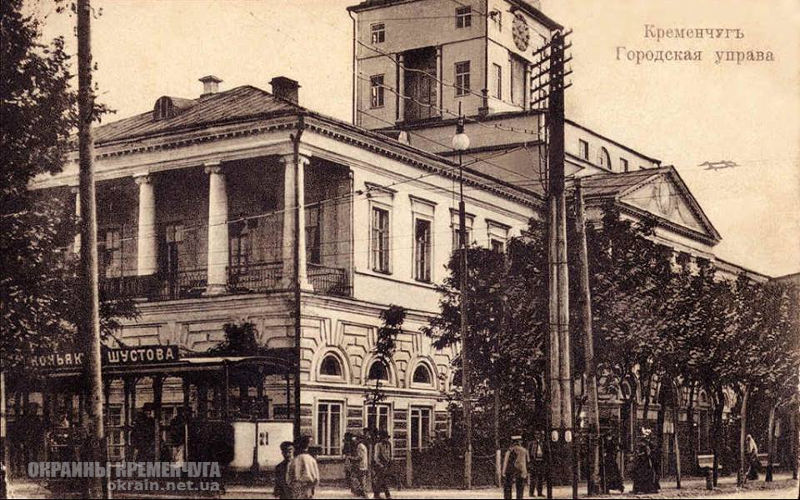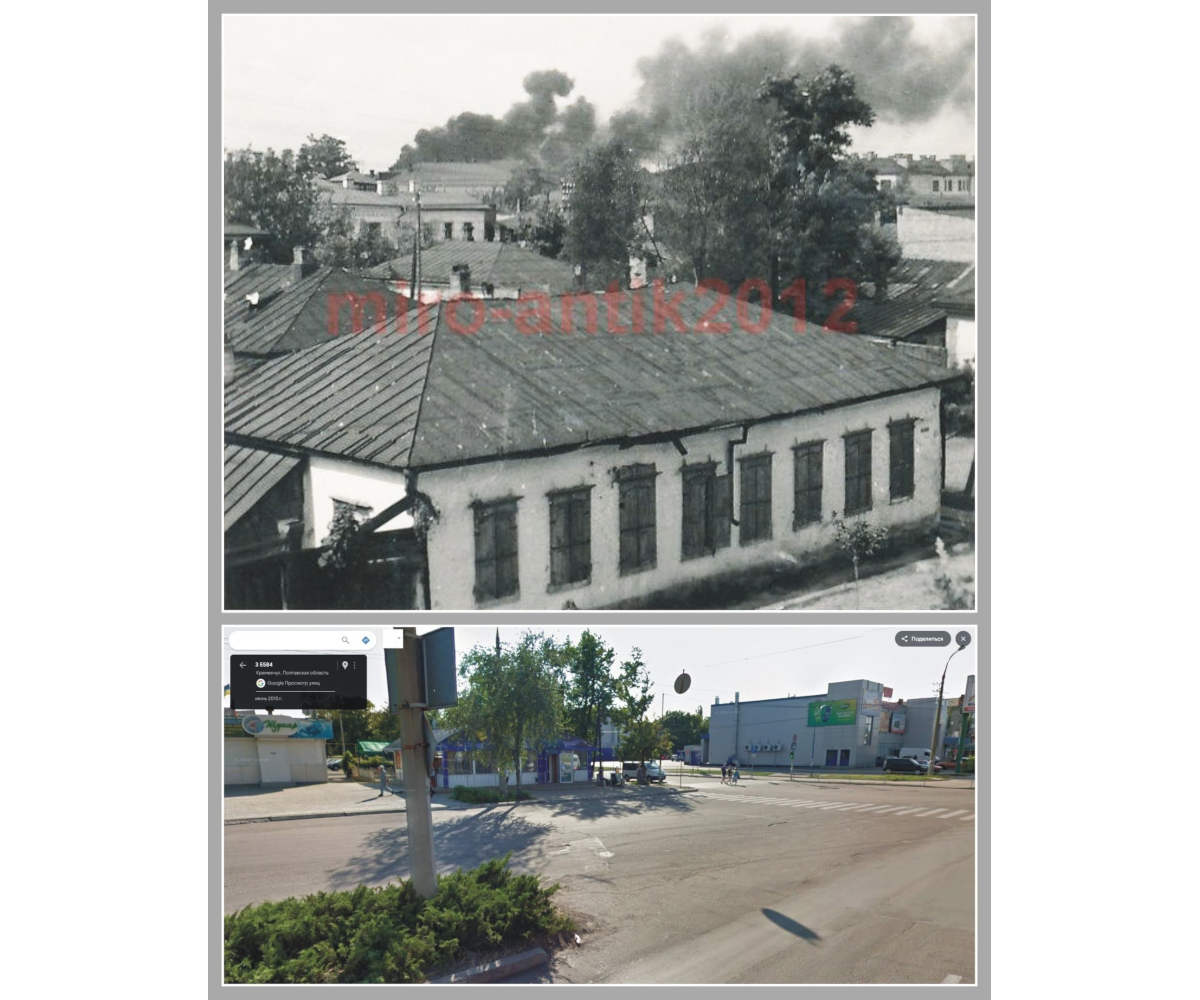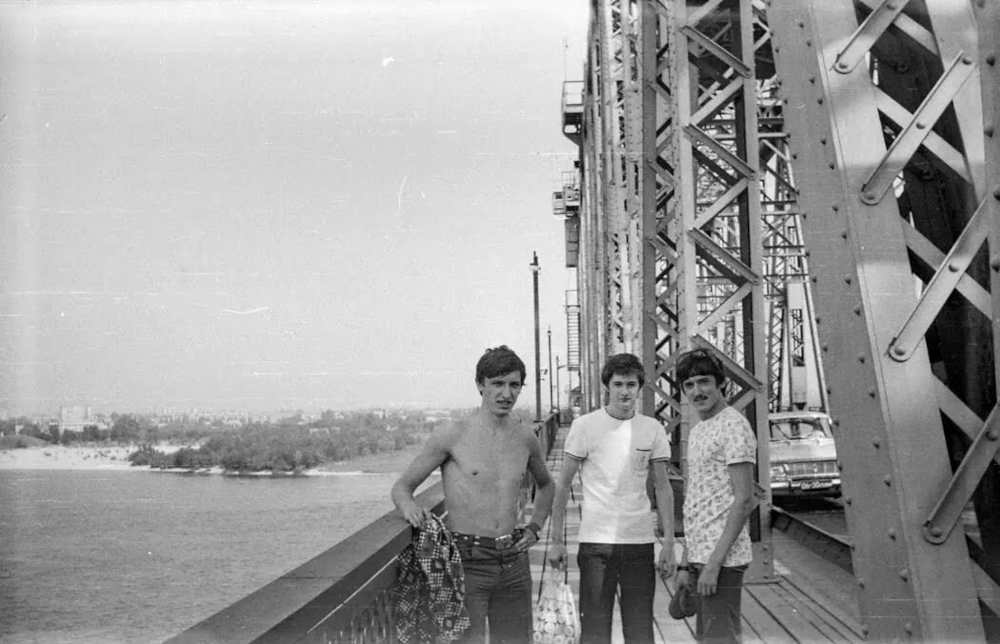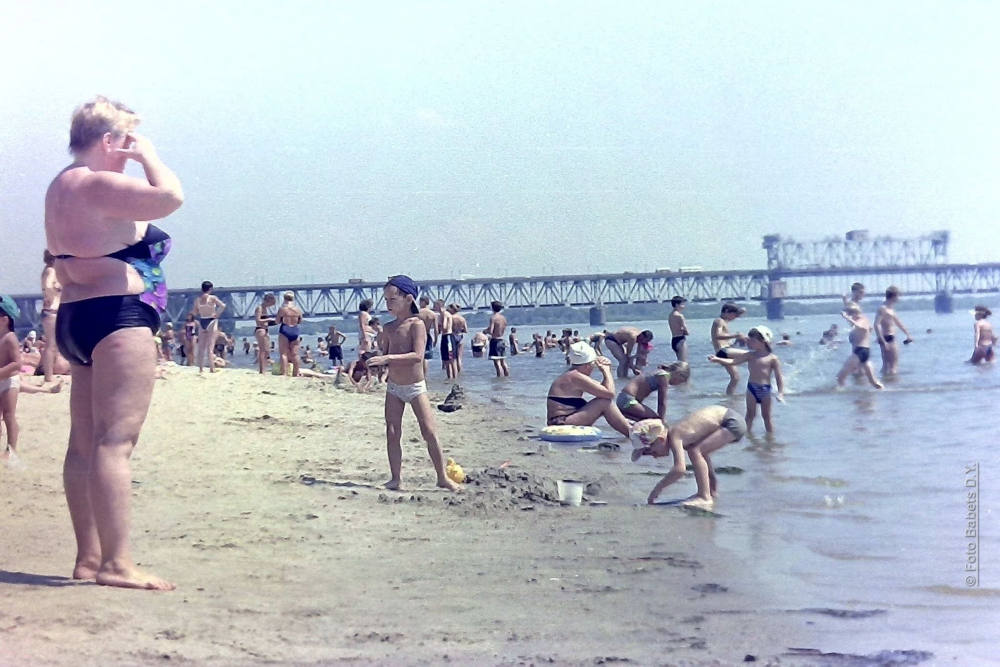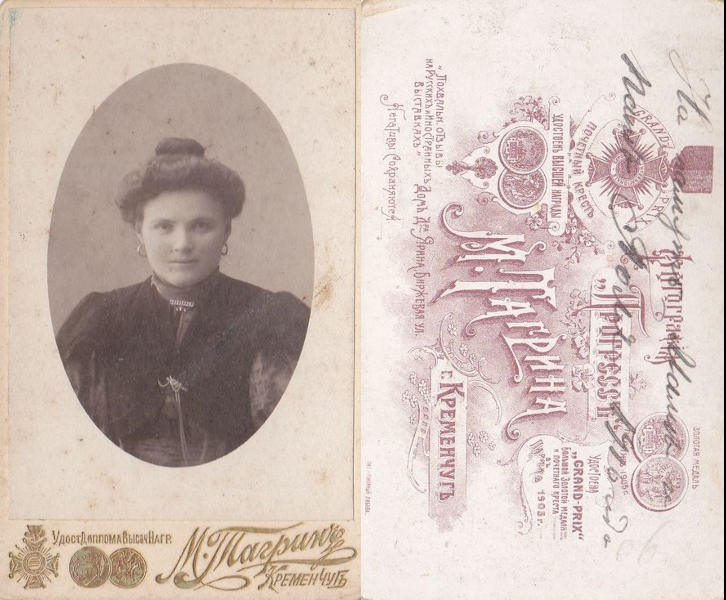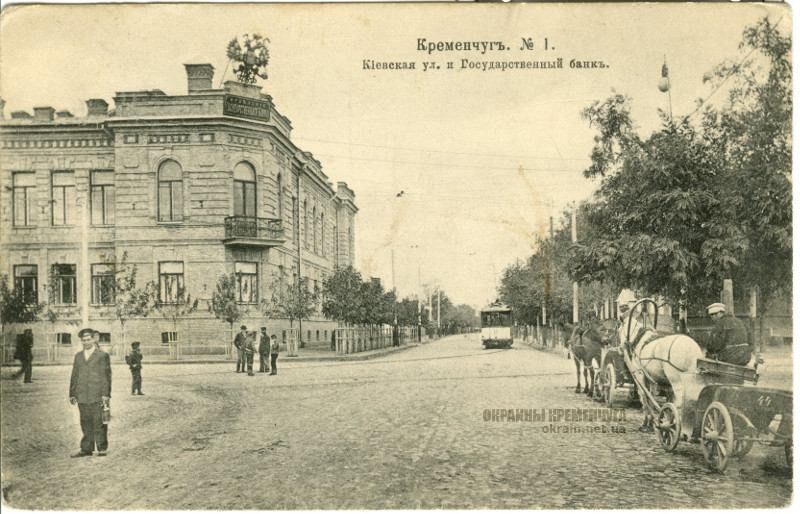
(Former Kievskaya, Rosa Luxemburg)
The length of Victory Street – 1050 meters
B. Khmelnitsky Street is 1900 meters long
They are located between Pridneprovsky park, General Zhadov, Kotsyubinsky and Sovetskaya streets. They stretch from Jubilee Park to the border of Kremenchug.
Throughout the XVIII century. on the site of the present Victory Street there was a glacis of the Kremenchug fortress. From it in the direction of the Vlasovskaya road in 1774 a new street was laid, which later received the name Kievskaya. The most remarkable institution here during these years is a military hospital and a pharmacy attached to it, located approximately in the area of a modern furniture factory. In this hospital, A. Suvorov was treated after being wounded in the Battle of Kinburn.
The formation of the street within its modern boundaries takes place at the beginning of the 19th century. In accordance with the plans of 1803, 1805, which provided for a radical redevelopment of the territory of the former fortress, and Kievskaya Street was extended along the former rampart to the Dnieper bank.
The first thing that the travelers who approached the city from the Vlasovskaya road met were various buildings of the military department: regimental and infirmary yards, powder magazines, an artillery shed, a food store and a huge cemetery meeting Orthodox, Old Believer, Jewish and Karaite burials. In 1778, a wooden church in the name of All Saints was built at the Orthodox cemetery. In 1815 – 1847, a stone five-domed church of the same name was built at the expense of the Kremenchug community. Its elegant domes opened the city panorama from the side of the Dnieper.
Immediately behind the bridge, to the left of the road, was the Kremenchug Cloth Factory, founded in 1804, and to the right was the town of cloth makers.
Closer to the center, where Kievskaya was making a small turn, there was an institution that gave the street itself a gloomy glory – a prison castle.
Further, there was a predominantly one-story manor residential development, and in the area of the central square there was a free pharmacy and a yard for a fire-fighting tool.
In the second half of the XIX – early XX century, industrial enterprises appeared on Kievskaya, mainly sawmills and flour mills, concentrated at the end of the street. The sawmills of M. Amstislavsky, I. Vilensky, F. Sandomirsky were located here. They are building multi-storey apartment buildings, mansions, a number of buildings of public importance – a branch of the State Bank, an orphanage of the Society for the Assistance of the Poor, a women’s public school, a military assembly. In 1910, the construction of the building of the Charitable Society was completed, the 2nd parish school was located on the upper floor, and craft classes and an orphanage on the lower floor. After the war, the building was restored as a city printing house, now the publishing house “Kremenchug”.
After the October Revolution, Kievskaya Street was renamed into Rosa Luxemburg Street. In the 30s, the street housed: secondary school No. 4 and incomplete secondary No. 11, a school clinic, a Red Cross clinic, an inter-regional medical base, a woodworking plant of the regional wood industry trust, and several shops.
The Great Patriotic War brought severe destruction to Rosa Luxemburg Street in Kremenchuk. After the war, industrial enterprises are being restored at a rapid pace: workshops of tobacco and makhor factories, a base of bakery products. A woodworking plant is being built on the site of the prison.
In 1954, in connection with the celebration of the 300th anniversary of the reunification of Ukraine with Russia, the street was named after Bohdan Khmelnitsky.
In 1985, in honor of the 40th anniversary of Victory in the Great Patriotic War, part of Bohdan Khmelnitsky Street, from Pervomayskaya to 1905 Street, was allocated to Pobedy Street.
Literature:
- “The streets of old Kremenchug” by A.N. Lushakova, L.I. Evselevsky 2001
